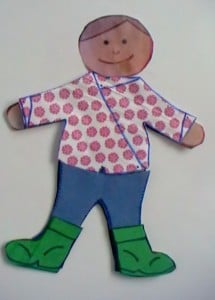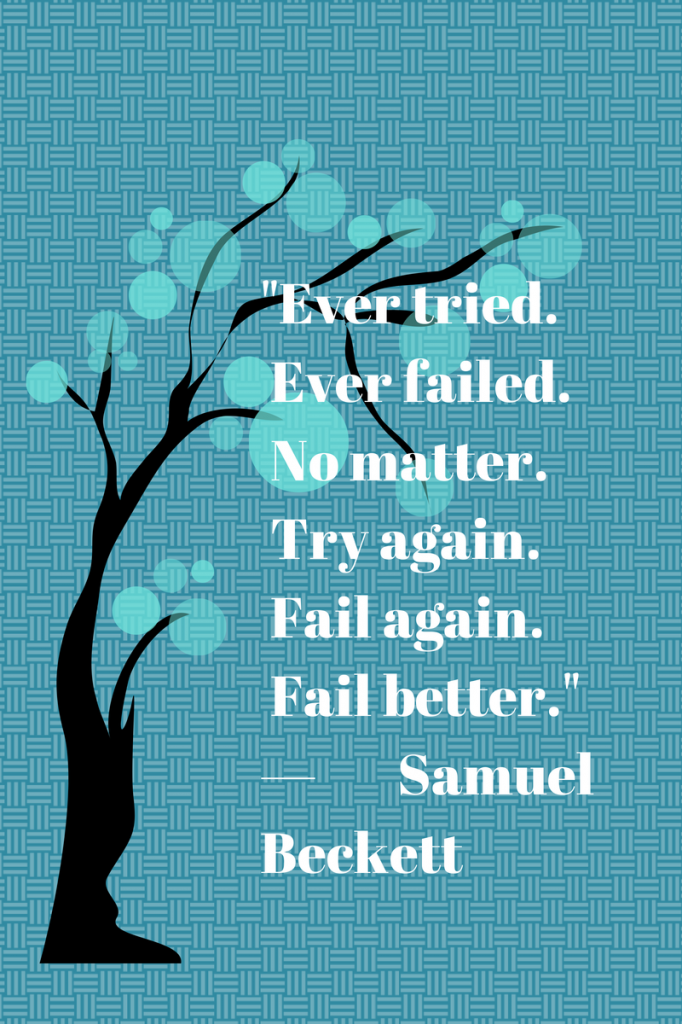The Flat Stanley Project – Edited highlights!
The children in First Class Room 6 made Flat Stanleys.
We sent them to visit our friends and relatives in lots of different places.
We found that whether Stanley traveled
all the way to China or took a short spin to Dublin,
He had GREAT fun and many adventures.
Kalin’s Flat Stanley went to visit her Granny in Wexford.
He fed the birds, fell in the pond and got to go to the circus.
Emily’s Stanley went to see her Granny in Dublin.
He went to the Burlington Hotel
and the lucky duck had chocolate pudding for tea.
Grainne’s, Jenna’s, Josh’s and Jack
all went to visit their cousins in Dublin.
Grainne Flat Stanley went to the zoo.
Jenna’s went to a nightclub.
Josh’s went on an treasure hunt.
Jack’s Flat Stanley got make over.
He ended up with a mustache
and a Dublin football jersey.
Rebecca’s went to visit her cousin in Holland.
He even went to school.
Julia ’s sent hers to visit her Auntie in Paris.
When Stanley came back
he had a chocolate for all Julia’s class mates.
Sean C’s visited his Auntie in Wicklow
and ended up in Wicklow Gaol.
Cian Hy’s Flat Stanley went visiting
his aunt and uncle in Athlone.
He did a lot of climbing and saw Athlone Castle.
Heather’s Flat Stanley flew to London
with her Godfather Fergal.
Stanley went to Covent Garden
and saw an invisible man!
Georgie’s Flat Stanley went to London too.
He traveled with Georgie’s Dad
by bus and plane and tube
and helped him in the office.
Sean B’s Stanley was very busy.
He met the Doyle family in Bray,
the Irish Rugby Team Manager in Greystones
and lizards in Wales.
His picture was in the Bray People
and he also flew to Boston USA.
Cian H’s Flat Stanley got very fit.
He went cross country running
with his cousin Simon in the UK.
Hansen went all the way to China
and met teacher’s old friend Selina.
Selina made new clothes
and a paper car for Stanley.
Alice’s Flat Stanley snuck home in teacher’s bag.
He danced on the piano in her house.
Jessica’s Stanley went to South Africa
and met crocodiles and rhinos and hippos.
He also met a giraffe.
Thank you to all the kind people
who helped us with our Flat Stanley project.
It was very interesting and we had great fun.







